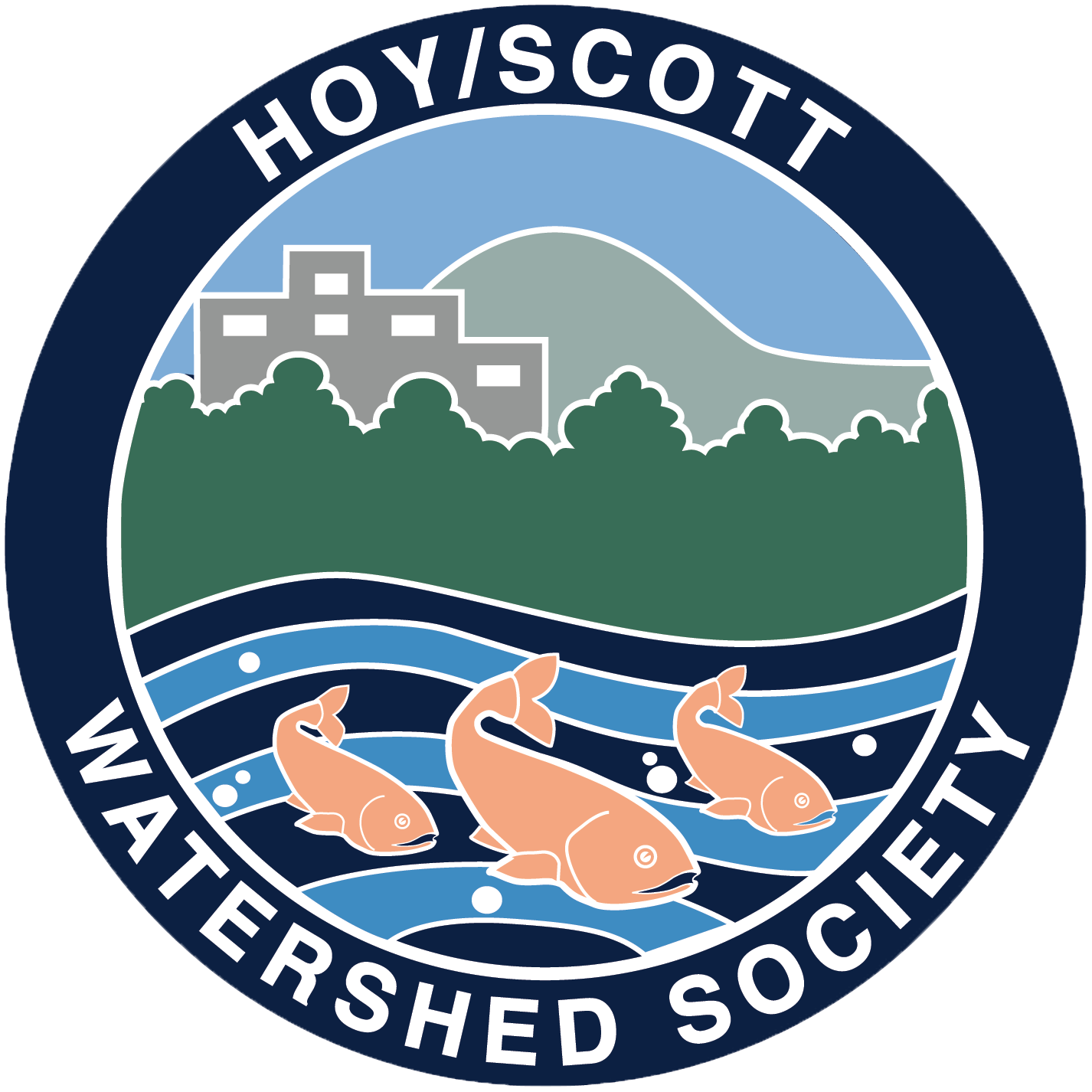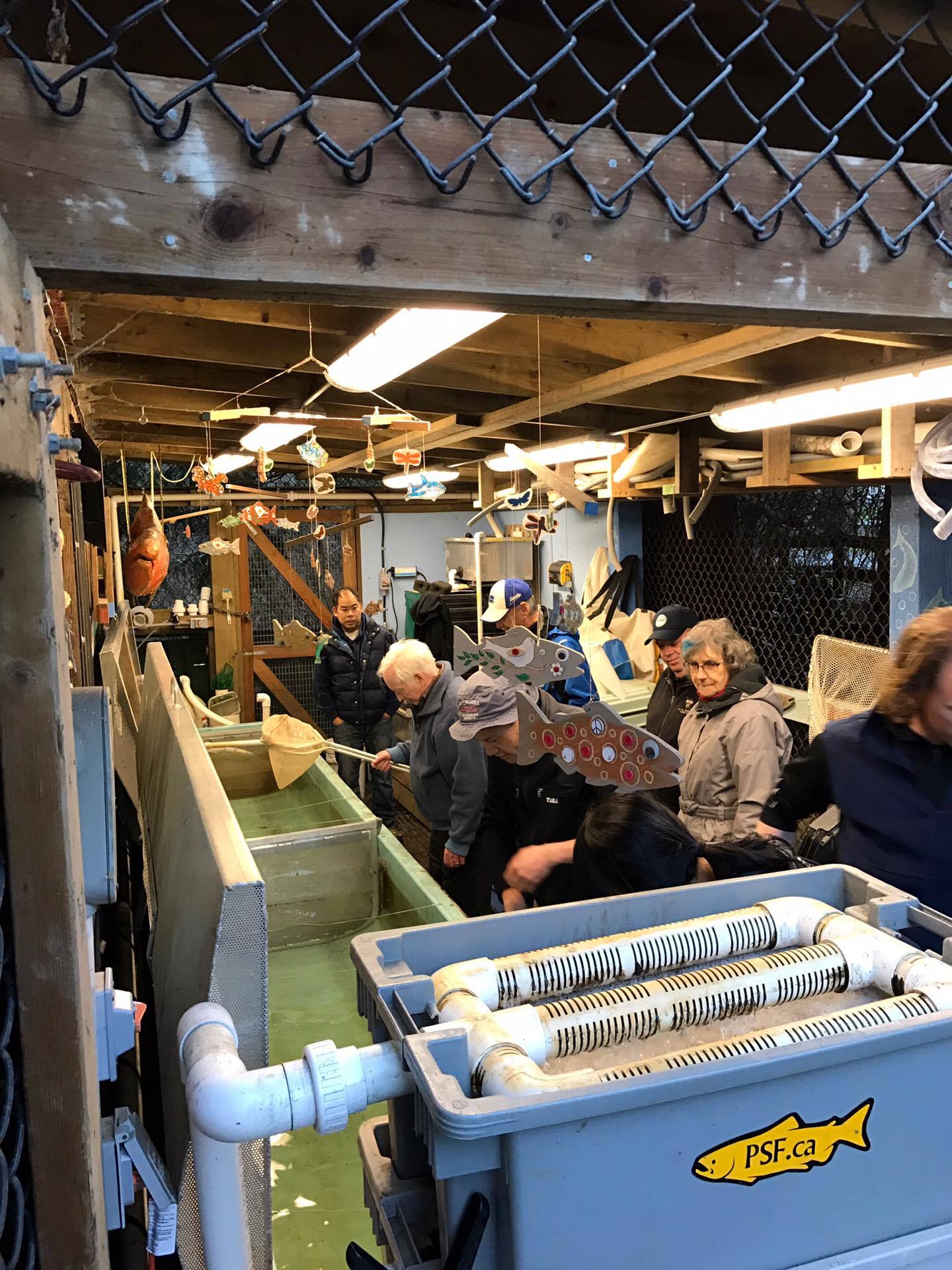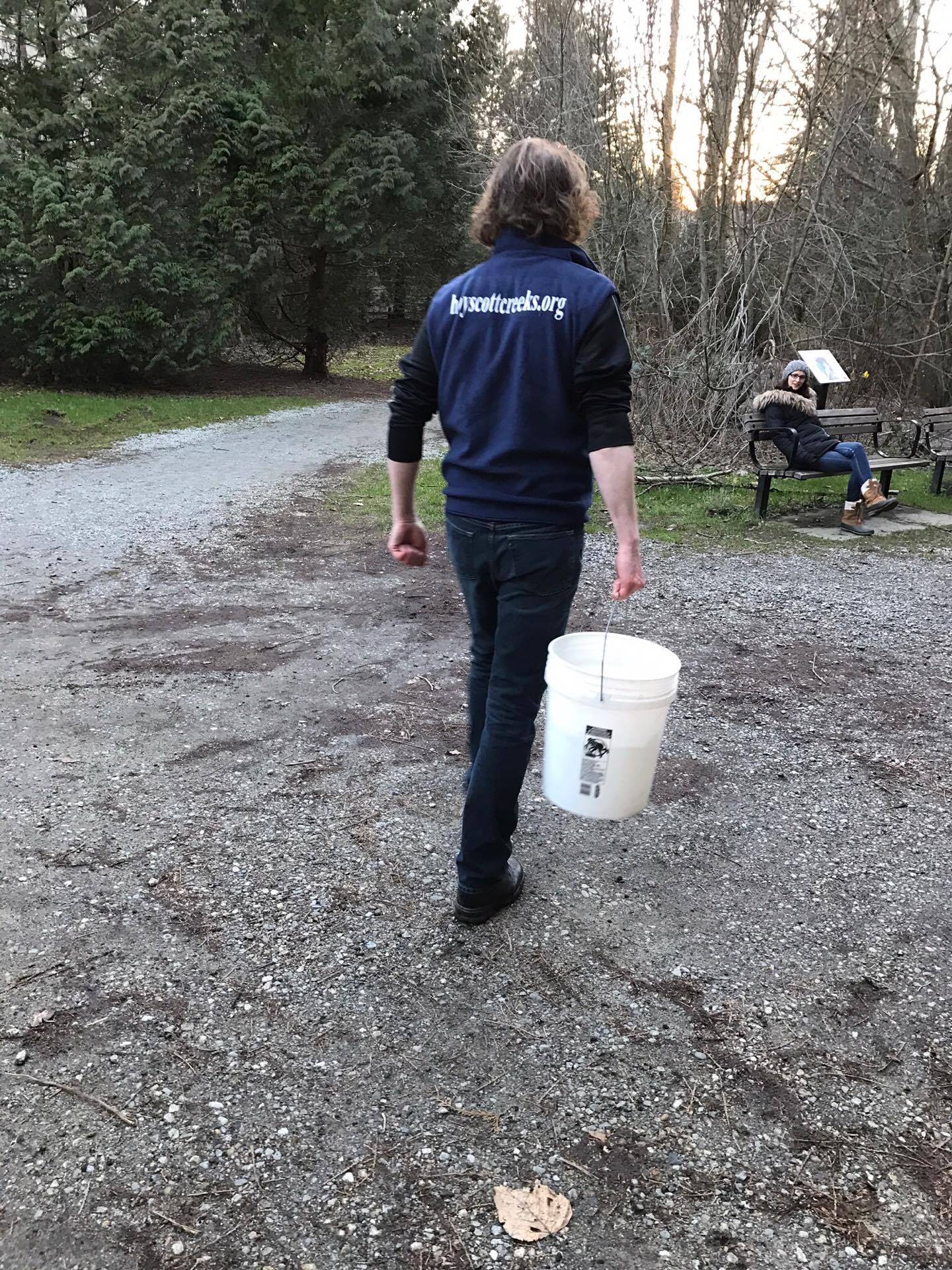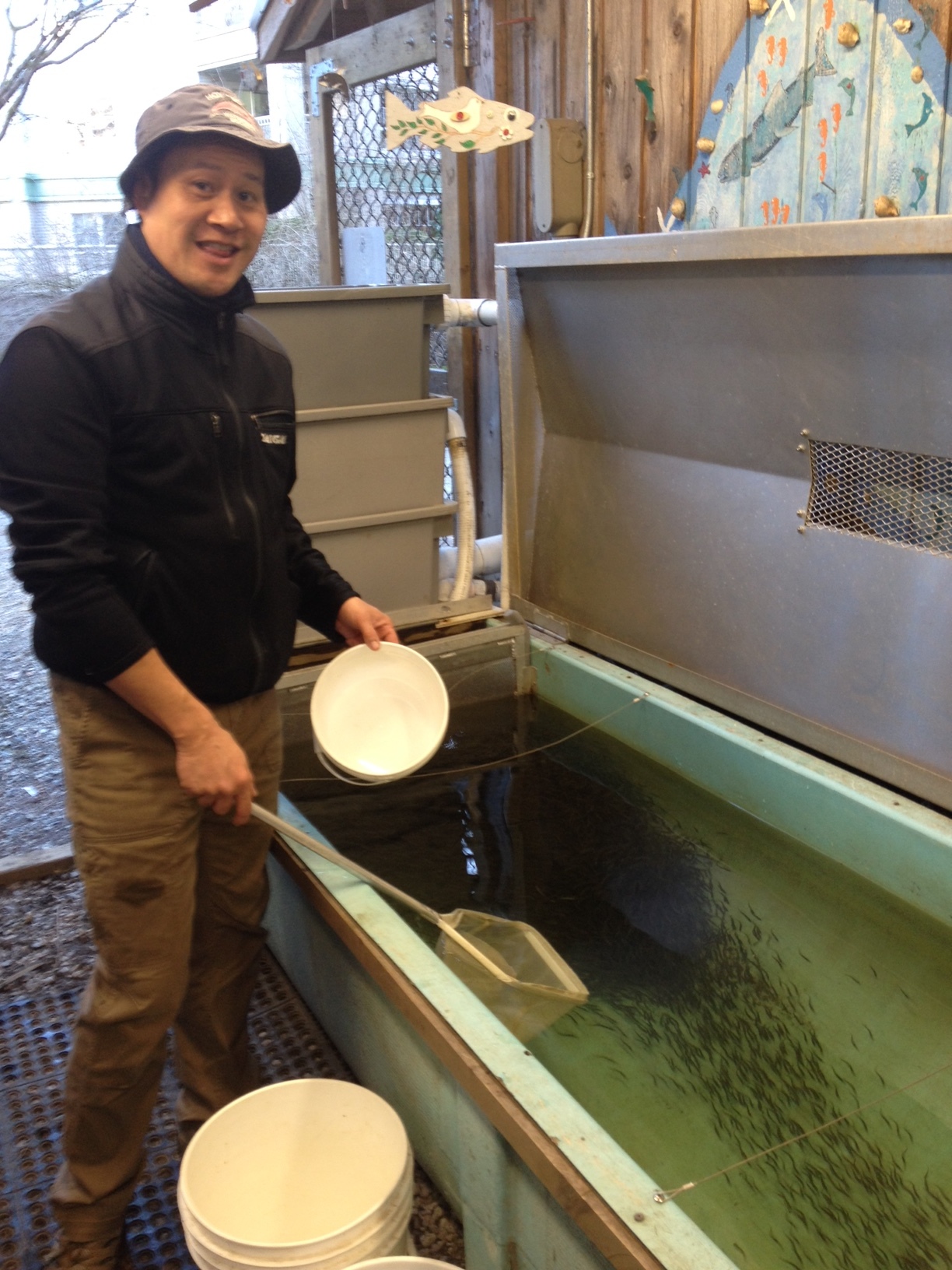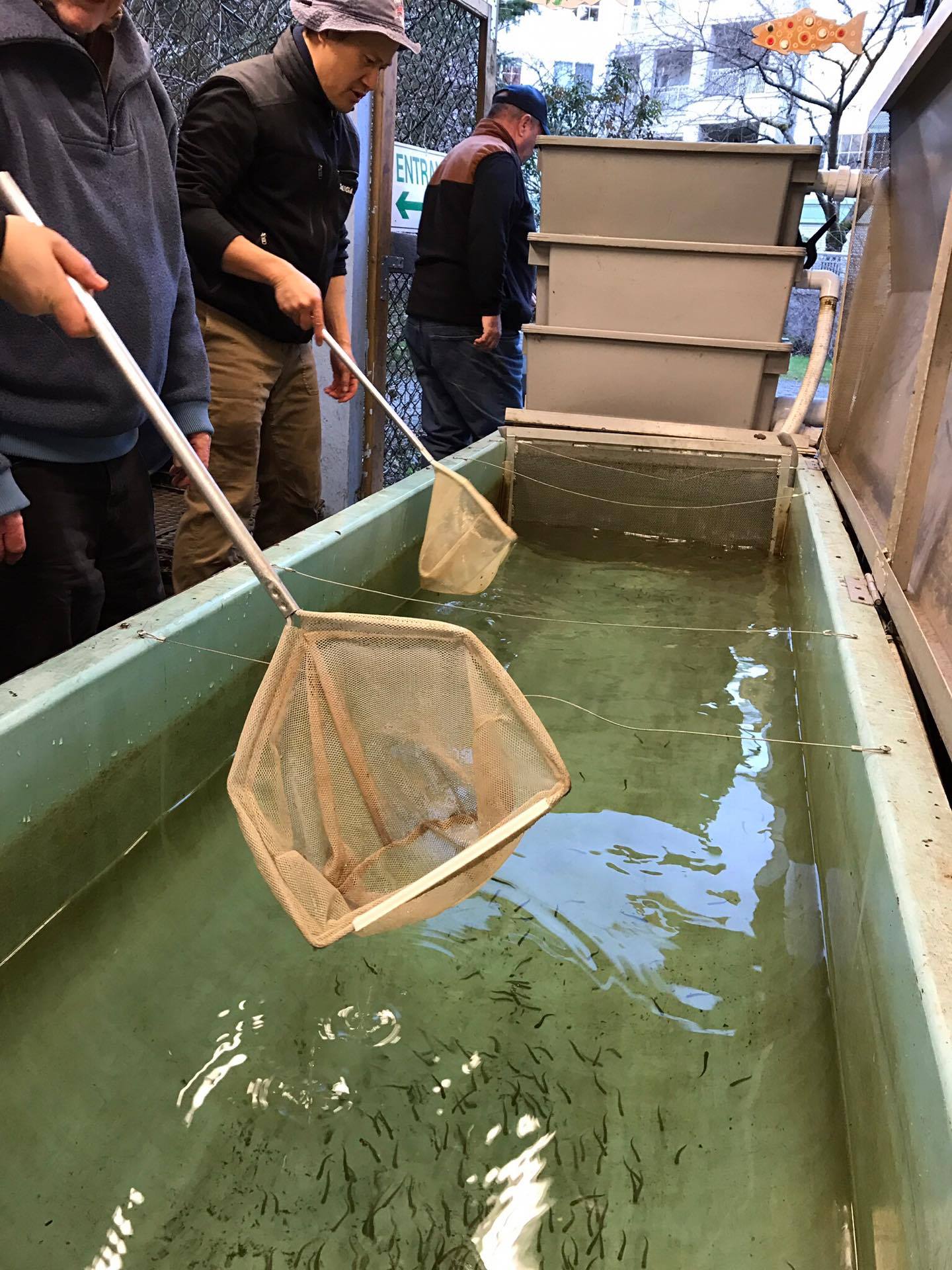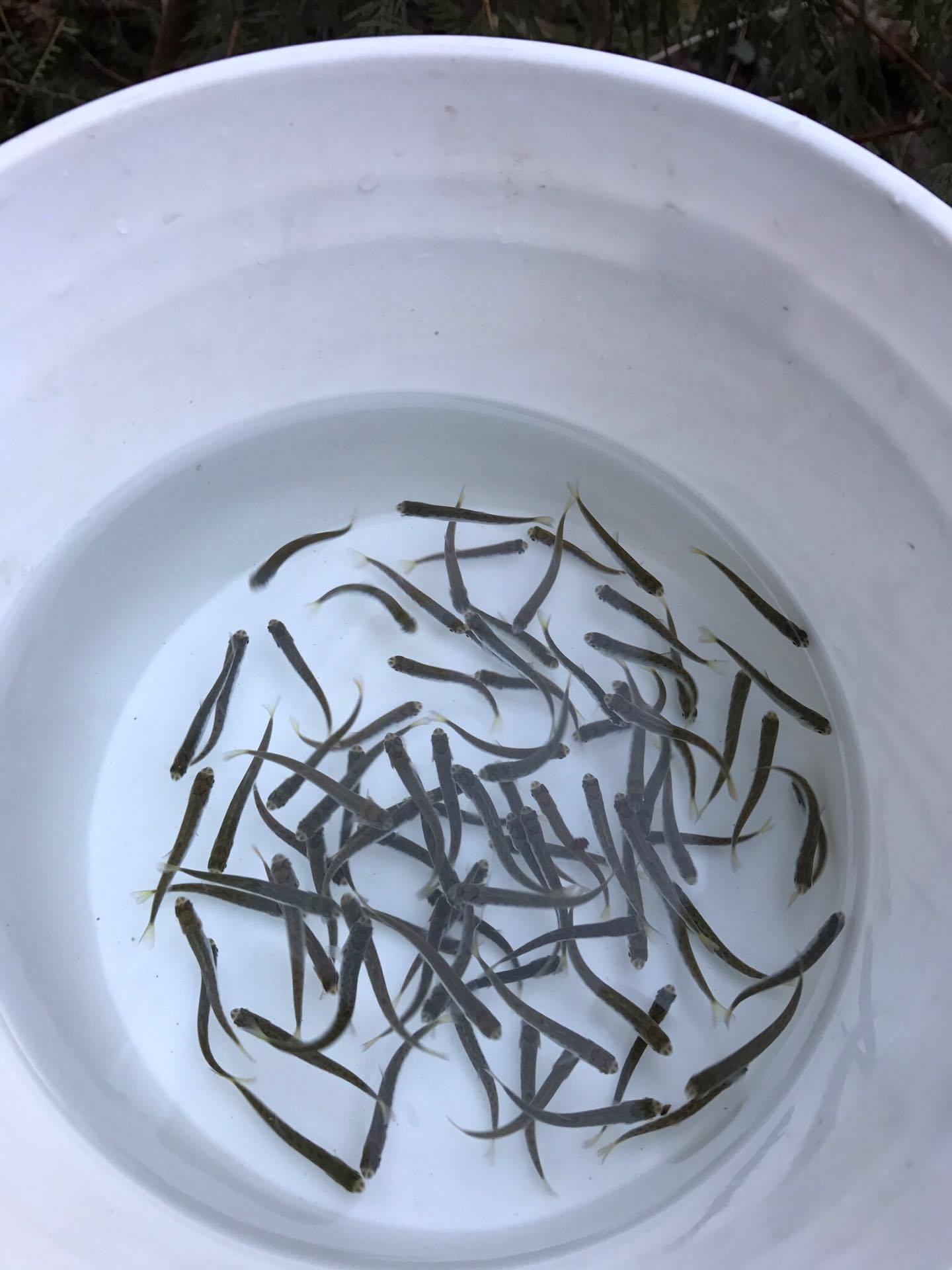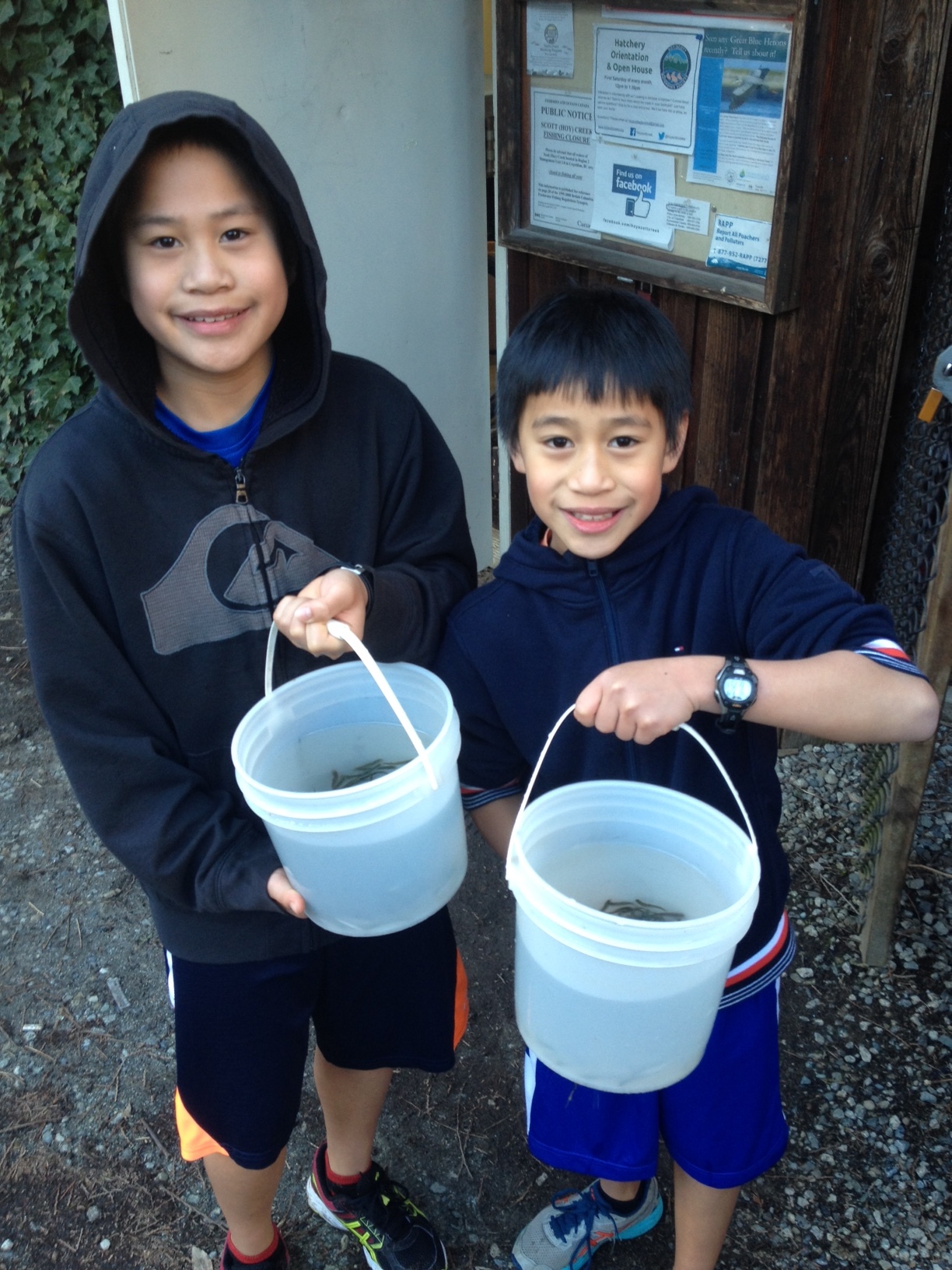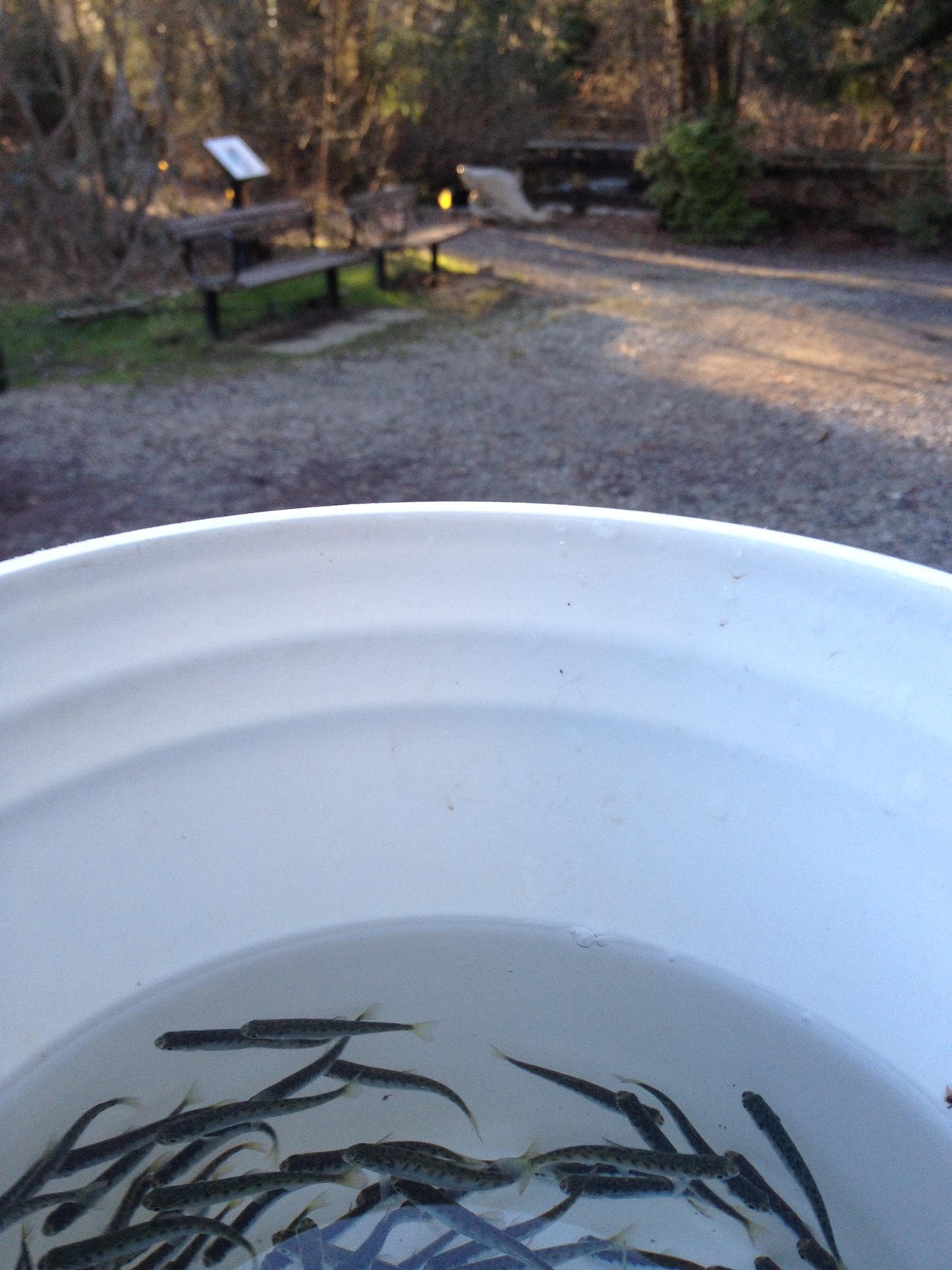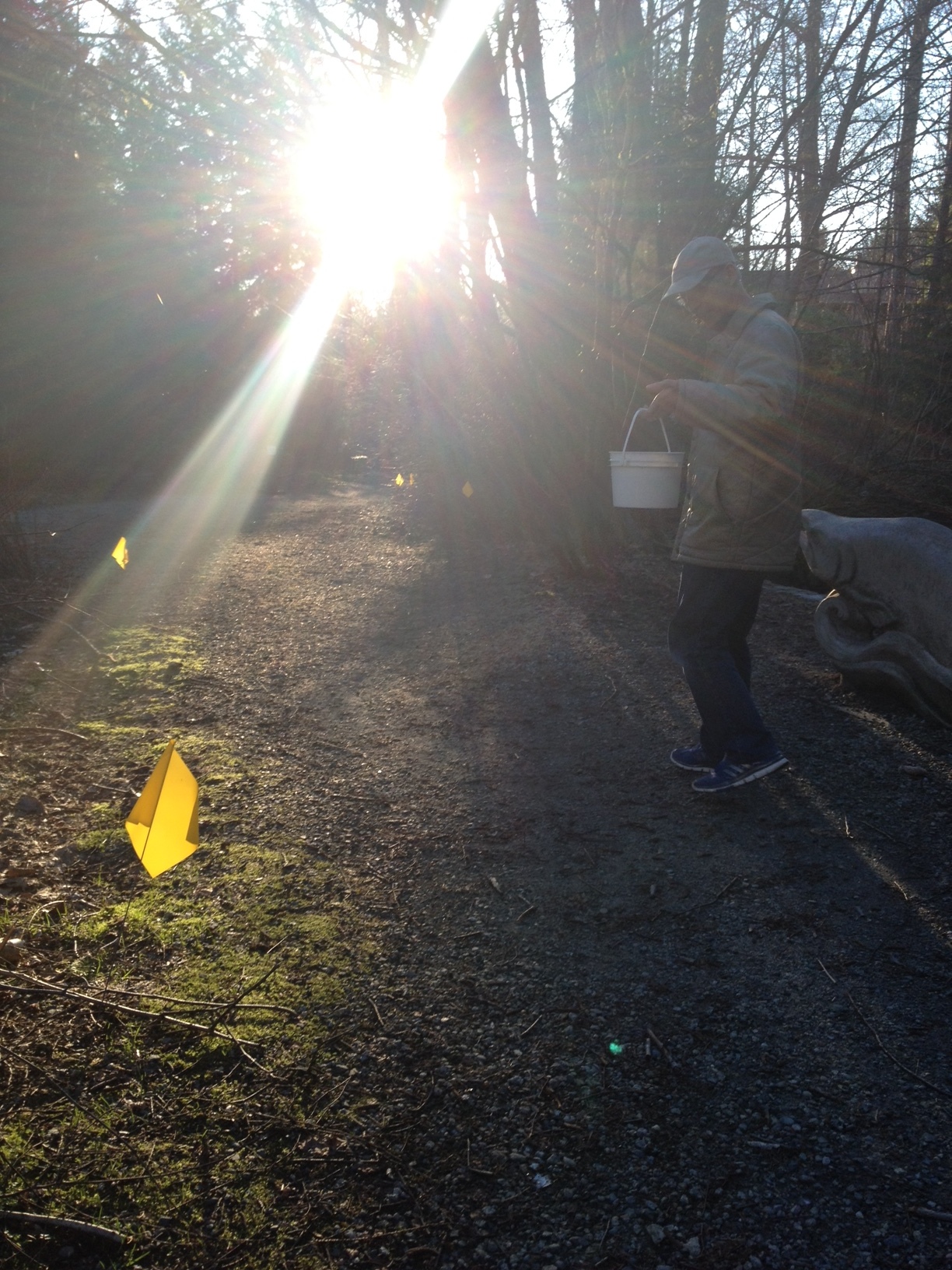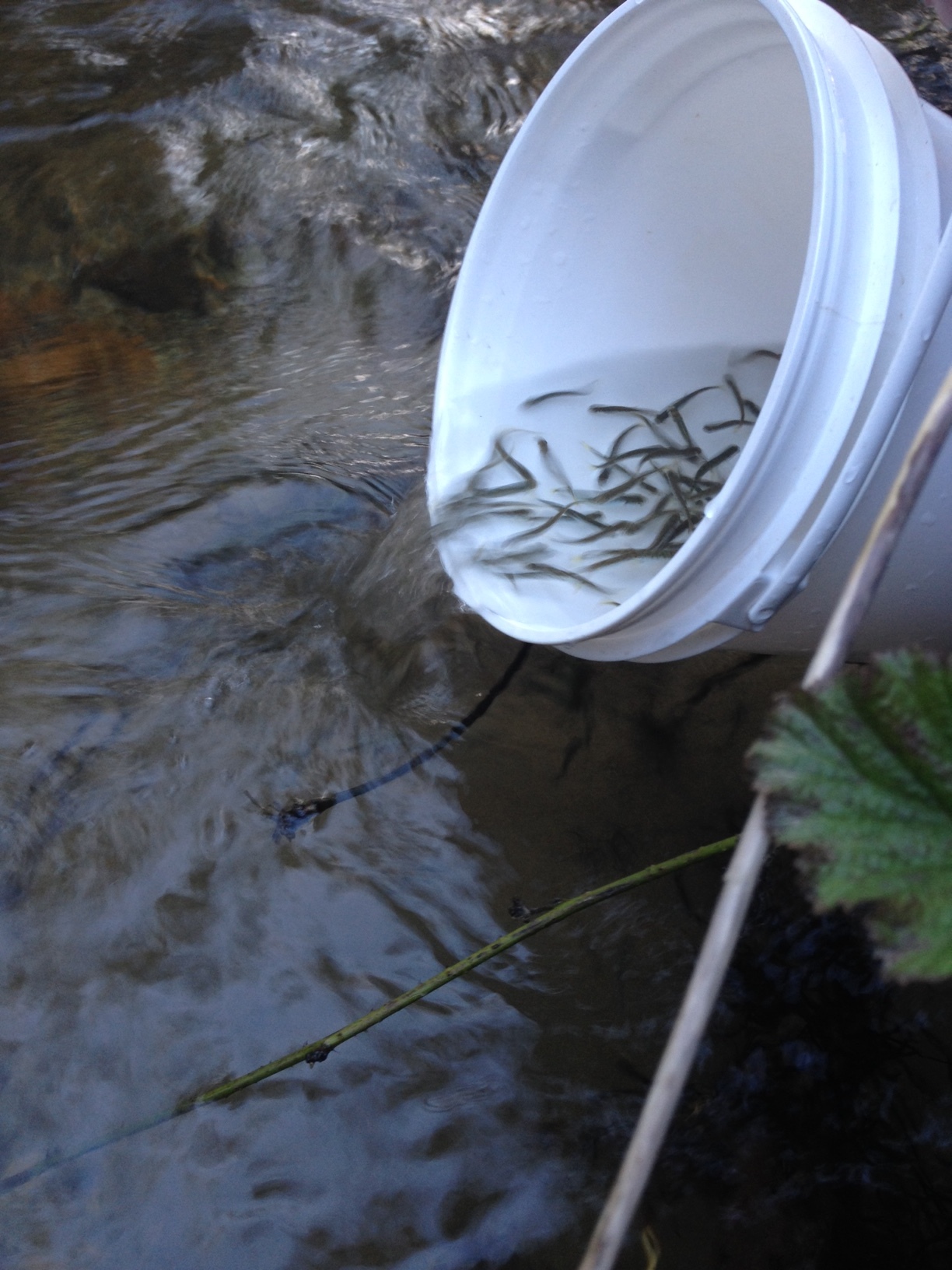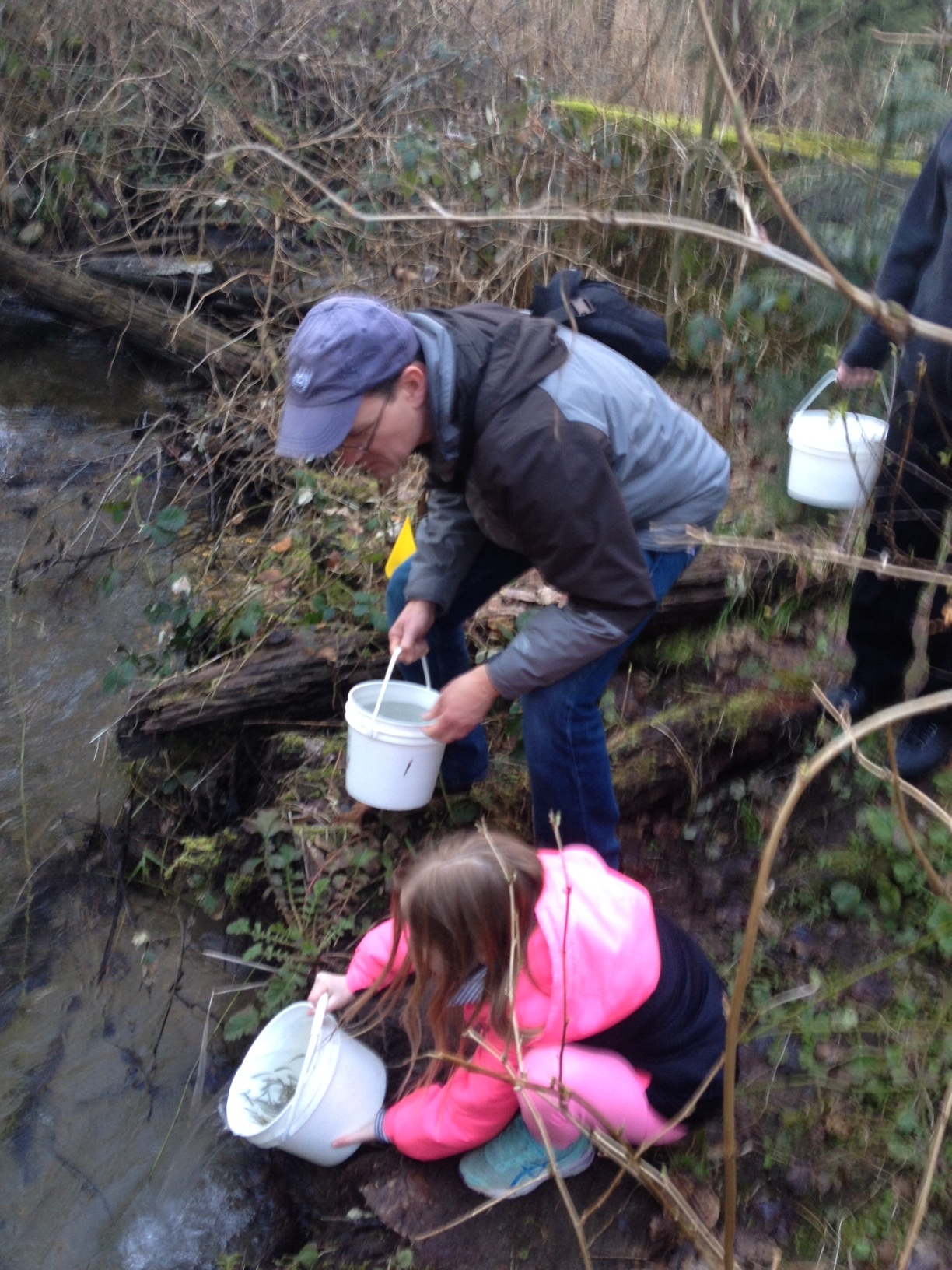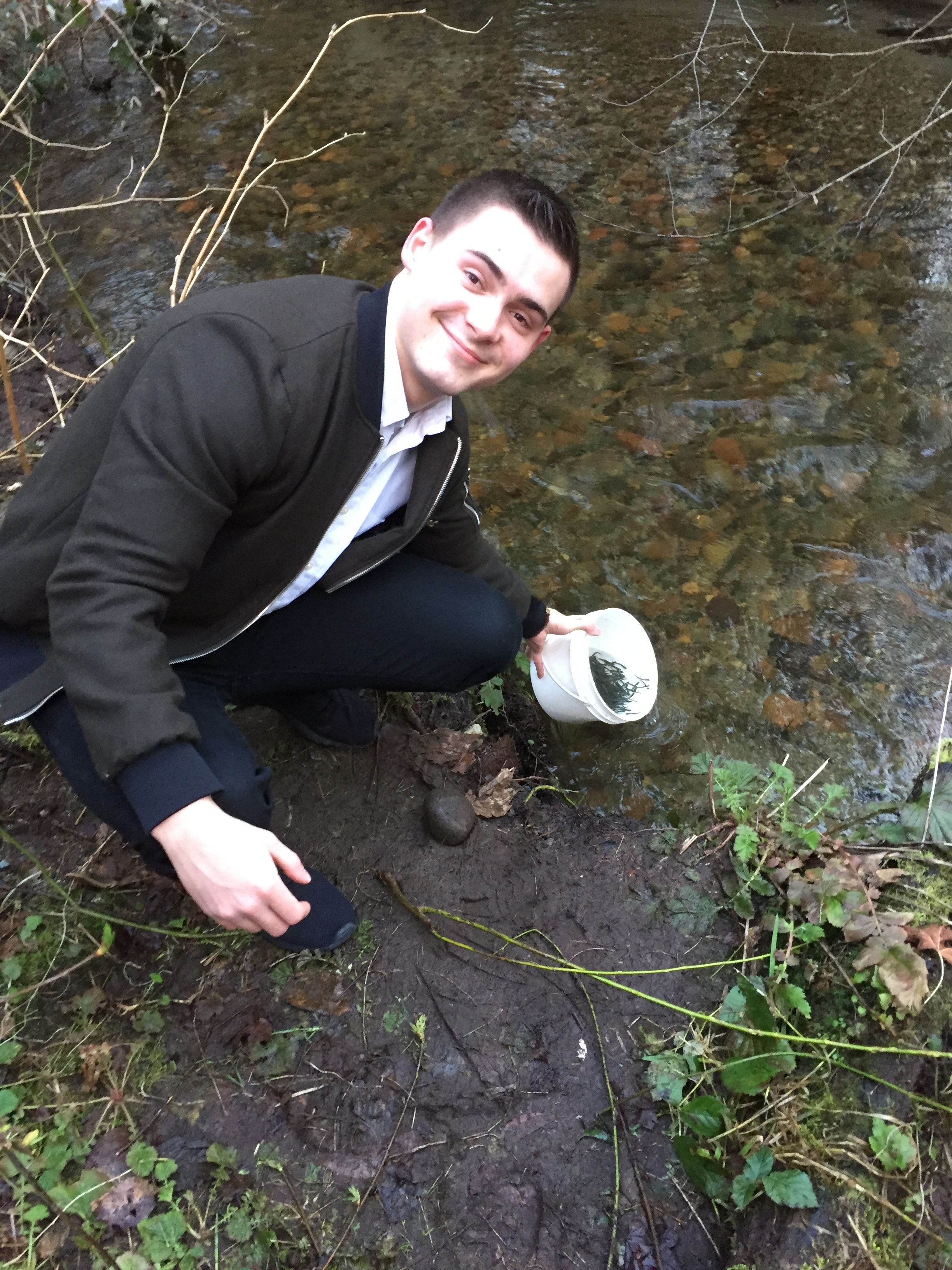The Hoy/Scott Watershed Society is a proud and grateful recipient of the 2023 Spirit of Coquitlam Grant.
"The Spirit of Coquitlam grant supports not-for-profit, community-based organizations that are based in and serving Coquitlam residents. The grant intends to build community spirit by providing funds for public art, sport activities and programs, festivals and events, sport hosting, capital projects, and new initiatives that align with the City’s strategic goals."
The Spirit of Coquitlam grant will be used for equipment for chum and coho salmon monitoring at the Hoy Creek Hatchery and for public outreach.
We would like to formally thank the City of Coquitlam for supporting the safety of our hatchery and staff and for helping to ensure the preservation of our habitats.
